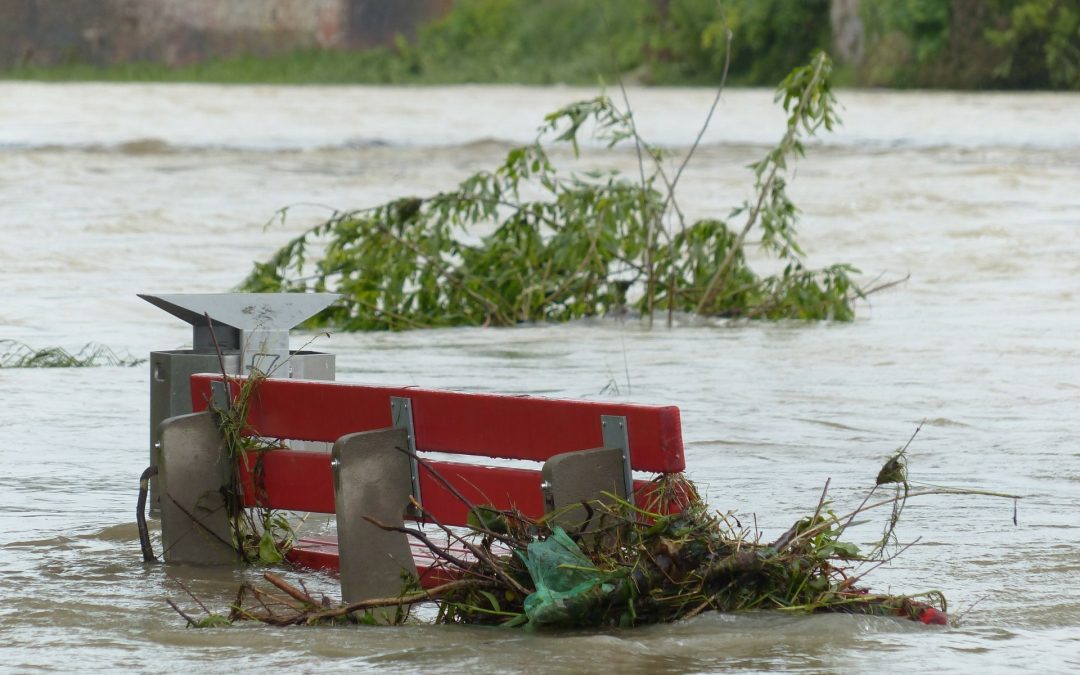Claims inflation impacts on domestic premiums
Seemingly unrelenting weather events experienced in Australia over the last two years are putting significant upward pressure on premium pricing in several insurance classes.
In home and motor insurance, increases are being experienced in both the direct market and for broker-distributed products.
In Australia, large insurers have strong reinsurance arrangements to limit their overall exposure to catastrophic losses. However, the cost of reinsurance is increasing significantly and its availability is likely to be more limited when insurers negotiate renewals of their reinsurance programs.
While many brands offer domestic insurance, ultimately the majority are backed or owned by one of Australia’s three major insurers – Insurance Australia Group (IAG), Suncorp and QBE. Combined, these three have shouldered the brunt of the weather-event claims.
Interest rate hikes
In addition to the rising cost of reinsurance protection, other factors impact on premium increases, including interest rate hikes and other inflationary pressures, such as supply chain delays and limited availability of qualified tradespeople to complete repairs for insured losses.
For home and motor insurance products, likely increases will be about 5% to 10%.
IAG has reported its reinsurance costs have increased by a massive 20%. Insurers also are prudently reserving additional capital for future catastrophic losses. In part, that is in response to the expectation that Australia may experience a third consecutive La Niña weather system in the year ahead.
La Niña alert level
The Bureau of Meteorology (BoM) has raised the likelihood of La Niña to ‘alert’ level for the Australian spring and early summer. Historically, that means a 70% chance of occurrence, which is triple the normal likelihood. La Niña events increase the chances of above-average rainfall for northern and eastern Australia during spring and summer.
BoM says climate change continues to influence Australian and global climate. Australia’s climate has warmed by about 1.47 °C from 1910 to 2020. There has been a trend towards a greater proportion of rainfall from high-intensity, short-duration rainfall events, especially across northern Australia.
JMD Ross Director John Davaine said: “There is no doubt weather events have had a huge impact on insurers’ bottom lines over the last two-three years, especially insurers with significant exposure to domestic and commercial property portfolios.
“A major concern for our clients is ensuring the adequacy of sums insured, given supply chain challenges where the costs of materials and labour have increased dramatically. We advise all clients to look closely at their current sums insured.”
Construction costs up 17.3%
In just one example of the impact of supply chain shortages on insurance premiums, Australian Bureau of Statistics data show input prices for the house construction industry rose 4.3% in March–June 2022 with an annual increase of 17.3%.
JMD Ross suggests the automatic indexation often offered by domestic insurers is not necessarily adequate. The reality is claims are taking longer to finalise and are more costly. A lack of assessors and other claims personnel exacerbates the problem.


